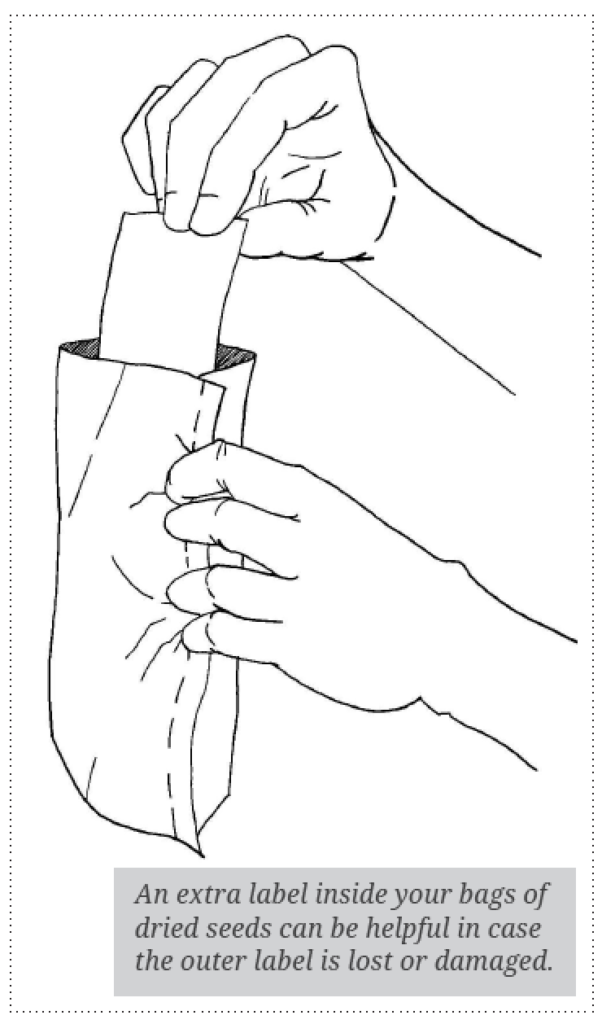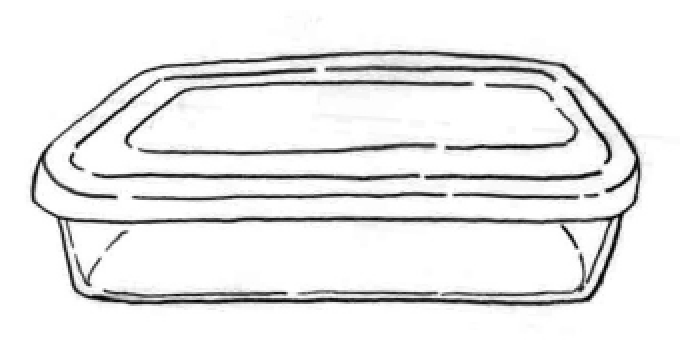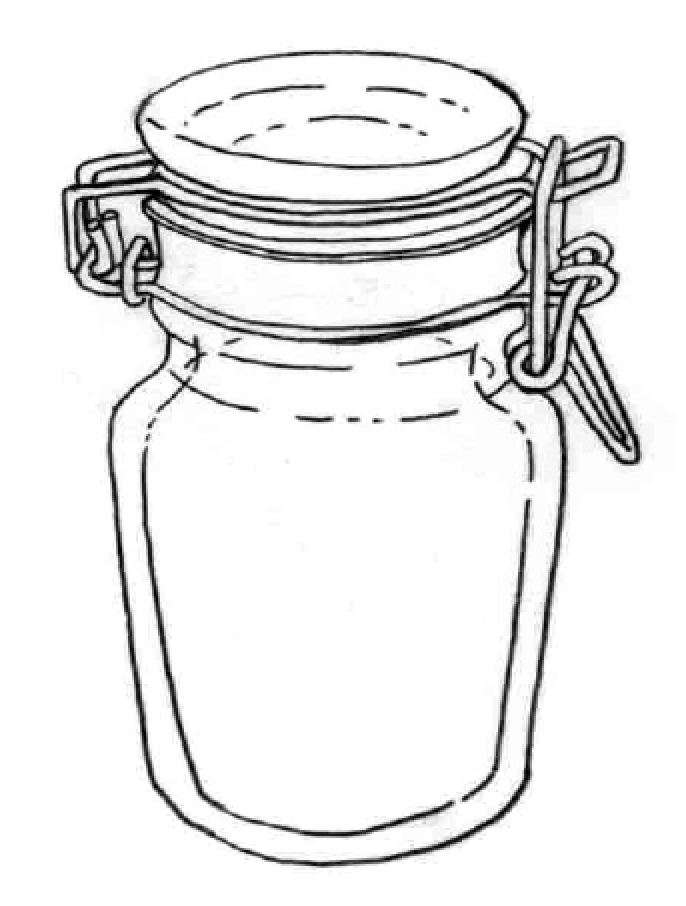Seed Storage (S)
Seed storage is the preservation of seeds with initial qualities until they are needed for planting. The purpose of seed storage is maintaining seeds in good physical and physiological condition from the time they are harvested until the time they are planted.
The ability of seeds to tolerate moisture loss allows the seeds to maintain viability in dry state. Storage starts in the mother plant itself when it attains physiological maturity. After harvesting, the seeds are either stored in warehouses, in transit, or in retail shops. Back in the day, farmers saved seeds, in small amounts, but introductions of high-yielding varieties and hybrids, as well as, the modernization of agriculture necessitated the development of storage techniques to preserve mass quantities of seed.
The practice of storing seeds goes back to ancient times. Ancient practices, however, do not hold true for modern agriculture. A large variety of seeds and genetic modification of seeds are the reasons why. The type of seed to be stored pre-determines the techniques to be followed for safe storage.
Objectives of Seed Storage
The main objective of storing your seeds is to ensure they maintain initial seed quality, germination, physical purity, vigor etc., all along the storage period by providing suitable or even better conditions. This capacity for germination and emergence, it can only be accomplished by reducing the rate of deterioration to the degree required to maintain an acceptable level of quality for the desired period. Simply put, you want healthy seeds that will sprout healthy plants. Storing your seeds safely is the key to this process.
Purpose of Seed Storage
Seed storage is the maintenance of high seed germination and vigor form harvest until planting. It is extremely important to acquire adequate plant stands in addition to healthy and vigorous plants. Every seed operation should have a purpose; a clearly thought-out goal. The central purpose of seed storage is to maintain the seed in good physical and physiological condition from the time they are harvested until the time they are planted. Seeds have to be stored because there is usually a period of time between harvest and planting. During this period, the seed have to be kept somewhere. While the time interval between harvest and planting is the basic reason for storing seed, there are other considerations, especially in the case of extended storage of seeds.
Seed suppliers are not always able to market all the seeds that they produce during the following planting season. In many cases, the unsold seed are “carried over” in storage for marketing during the second planting season after harvest. Problems arise in connection with carryover storage of seed because some kinds, varieties, and lots of seed do not carryover very well. The additional problems associated with GMO seeding, combine with “carrying over” to explain many failed crops.
Seeds are also deliberately stored for extended periods so as to eliminate the need to produce the seed every season. Foundation seed units and others have found this to be an economical, efficient procedure for seed varieties which have limited demand. Some kinds of seed are stored for extended periods to improve the percentage and rapidity of germination by providing enough time for a “natural” release from dormancy.
Regardless of the specific reasons for storage of seed, the purpose remains the same maintenance of a satisfactory capacity for germination and emergence. The facilities and procedures used in storage, therefore, have to be directed towards the accomplishment of this purpose.
In the broadest sense the storage period for seed begins with attainment of physiological maturity and ends with resumption of active growth of the embryonic axis, i.e., germination.
Seeds are considered to be physiologically and morphologically mature when they reach maximum dry weight. At this stage dry-down or dehydration of the seed is well underway. Dry-down continues after physiological maturity until moisture content of the seed and fruit decreases to a level which permits effective and efficient harvest and threshing. This stage can be termed, harvest maturity.
There is usually a time interval between physiological maturity and harvestable maturity, and this interval represents the first segment of the storage period. Any delays in harvesting after the seeds reach harvest maturity can prolong the first segment of the storage period – often to the detriment of seed quality.
The second segment of the storage period extends from harvest to the beginning of conditioning.
Seed in the combine, grain wagon, and bulk storage or drying bins are in storage and their quality is affected by the same factors that affect the quality of seed during the packaged seed segment of the storage period. The third segment of the storage period begins with the onset of conditioning and ends with packaging. The fourth segment of the storage period is the packaged seed phase which has already been mentioned. The packaged seed segment is followed by storage during distribution and marketing, and finally by storage on the farm before and during planting.
Stages of Seed Storage
- The seeds are considered to be in storage from the moment they reach physiological maturity until they germinate or until they are thrown away because they are dead or otherwise worthless.
- The entire storage period can be conveniently divided into following stages.
- Storage on plants (physiological maturity until harvest).
- Harvest, until processed and stored in a warehouse.
- In – storage ( warehouses)
- In transit (railway wagons, trucks, carts, railway sheds etc.).
- In retail stores.
- On the user’s farm.
Individual Seed Storage
Nobody expects or suggest that an individual go through all of the steps listed above. After all, your goal is to feed yourself and your family, not the entire country. It is very smart to familiarize yourself with how the process works on a mass-scale, however. Who knows when something you learned about the seed industry will come in handy in your PEST process.
Here are some different suggestions for individual seed cataloguing and storage:

List all seeds in a spreadsheet program. Record the name, special treatment (freeze, cool etc.) and the plant date. Then run a sort by date analysis and create a hard copy for quick reference. Start seeding in January and go through fall to keep organized. If the seeds are absolutely dry and you have a dry place to store them, plastic containers may be used for storage, e.g.
Use photo albums with slots for each photograph. Add a catalog picture & any pertinent information.
Put the seeds in small baggies or Saran Wrap before putting in page. Other suggestions include:
- 35mm-film canisters in a plastic box; especially, the transparent ones. Label with felt marker.
- Tackle boxes with lots of compartments.
- Jewelers have neat little (1” square or larger) zipper bags.
- Square, tin flour canisters during the winter.
- In spring, stand the packets up in a bread pan, divided by planting date: inside cool for the basement, inside warm for my plant room, outside cold for peas, etc., outside cool, outside warm.
- Oblong Tupperware boxes stack handily in the refrigerator freezer, and keep moisture and air out.
- Stick those little silica gel packets among the seeds to absorb moisture, and dry the packets out once a year or so.

Some folks feel that it is better, however, to avoid air tight containers. They would suggest the following procedure:
- Seed companies prefer paper.
- Save all the return envelopes from your junk mail. They can be stored in a spare box, drawer, or hanging plastic shopping bag.
- In the fall, collect the seeds into used glass or plastic jars along with a piece of newspaper or paper tissue to absorb moisture.
- Later, pick the right-sized envelope and label it with the plant name and the present year and any other information worth remembering.

- Fill out several envelopes, some to give away. Then fill them with seeds and seal them.
- Keep the envelopes in a cool basement or in the garage, either in big cookie jars or in the camping cooler which does not get used in the winter time anyways
The preceding example is one of many different seed storage techniques, used by folks like you. Versatility and variety make our lives easier in times when we have to rely on ourselves. It would be wonderful, however, if we could combine all of the best possible tactics into one all-encompassing method. The good news is that we can, and we will talk about that later.

